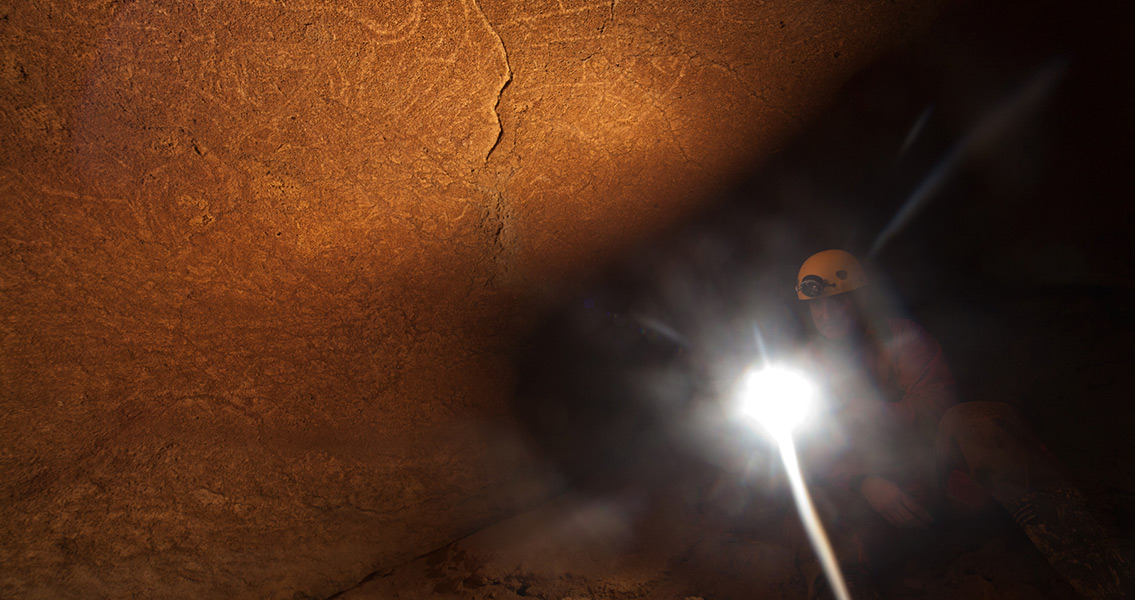<![CDATA[A 15 meter (39.2 feet) long panel of cave art has been declared the most spectacular and impressive ever discovered on the Iberian Peninsula, according to BBC News. Containing approximately 50 individual etchings, the panel was discovered near the Basque town of Lekeitio, in Biscay province, and could be up to 14,500 years’ old. The depictions include horses, goats and bison, along with two lions which are a drastic departure from Paleolithic cave art previously found in the Biscay province. Some of the illustrations are also significantly larger than any found previously - with one of the horses measuring about 150 cm (4ft-11in) long. The discovery was made earlier this year in the Armintxe cave and has since been evaluated by astonished experts. A senior official in Biscay, Unai Rementeria, told BBC News: "It is a wonder, a treasure of humanity." The cave is well-known among locals, yet no one had ever ventured the 50 meters it takes to reach the panel of etchings. Along with two side panels, the illustrations comprise around 30 individual animals in addition to designs comprised of semi-circles and lines, some of which are identical to forms discovered in the French Pyrenees. Other features the two locations share include the illustrations of lions and the actual etching technique used, suggesting a possible link between the two groups of hunter-gatherers. Cave art is defined as the paintings or drawings found on cave ceilings and walls, primarily of prehistoric origin, dating back to up to 40,000 years ago in both Europe and Asia. The exact purpose of these Paleolithic illustrations isn’t known, however, the evidence suggests they were not just living area decorations, given that the caves where they’re found don’t exhibit any sign of ongoing habitation. Additionally, they are often found in areas of the caves not easy to get to. Some theories purpose the cave paintings could have been a type of communication for early humans with other early humans, while other theories attach religious or ceremonial purposes to the depictions. The paintings are amazingly similar around the globe, with animals being the most impressive and common images. Humans typically appear as hand images, with a majority of hand stencils made of pigment being blown on a hand that’s being held against the wall. The earliest known cave etchings and paintings of animals are 35,000 years old at least and were discovered in Indonesia, on the island of Sulawesi in Pettakere cave. The earliest drawings in Europe date back 30,000 to 32,000 years, to what’s known as the Aurignacian period. These drawings were discovered in France, in the Chauvet Cave, and in Romania, in the Coliboaia Cave. The new etchings have tentatively been dated between 12,000 and 14,500 years old. The cave is not available to the public, due to accessibility and preservation issues, however, authorities will use technology to provide the public a view of the new discoveries. ]]>
Spectacular New Cave Art a Treasure of Humanity
